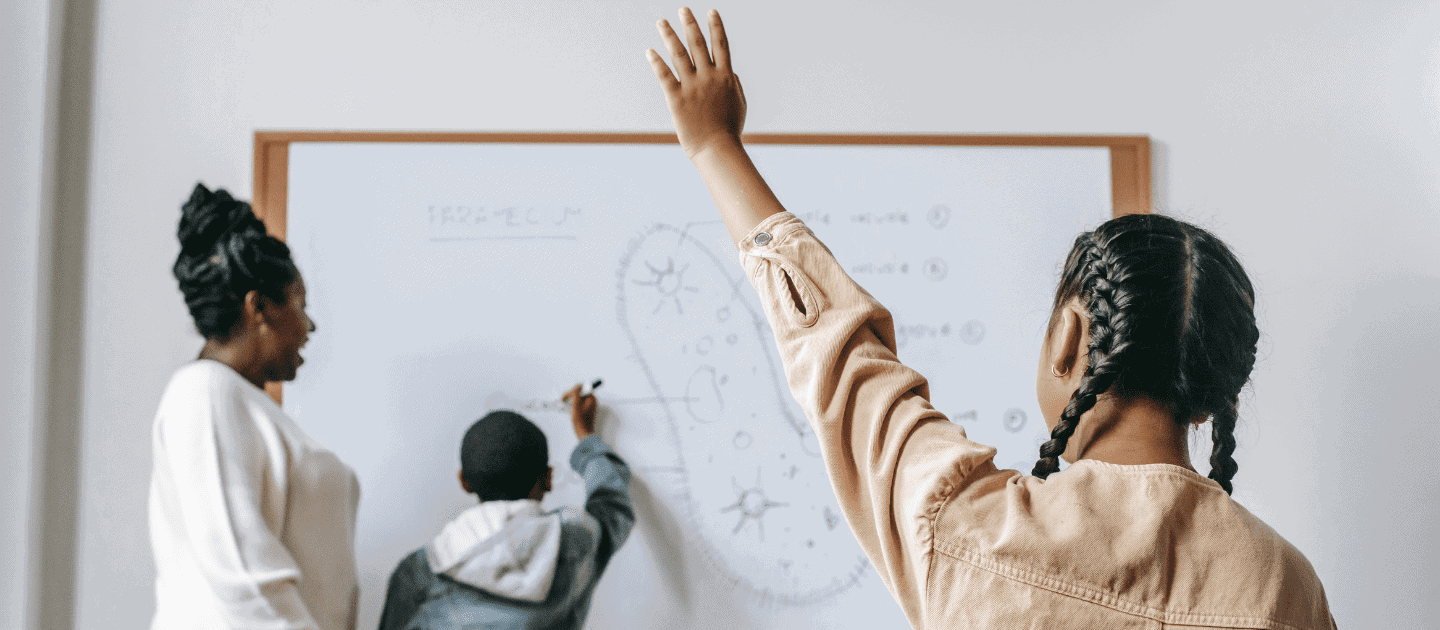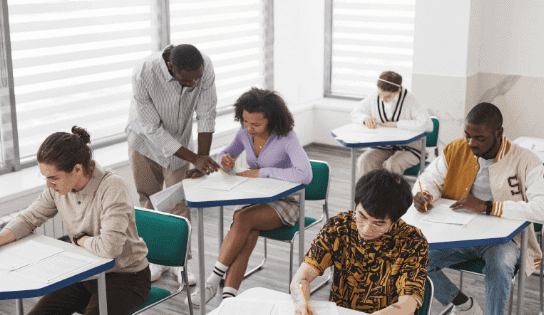
Social-Emotional Learning and Self-Advocacy for Students with Disabilities
Students often set goals based on teacher expectations. In this study, the implementation of the Self-Determined Learning Model of Instruction (SDLMI) led to students setting a lack of academic or social goals and an abundance of home living goals; this may suggest lower adult expectations for students with significant support needs.
24 Dec 2022

